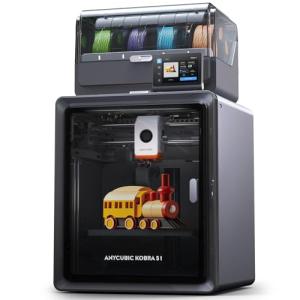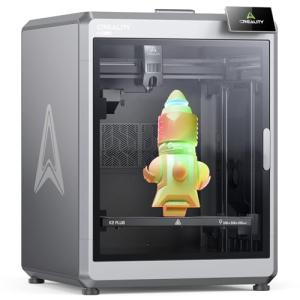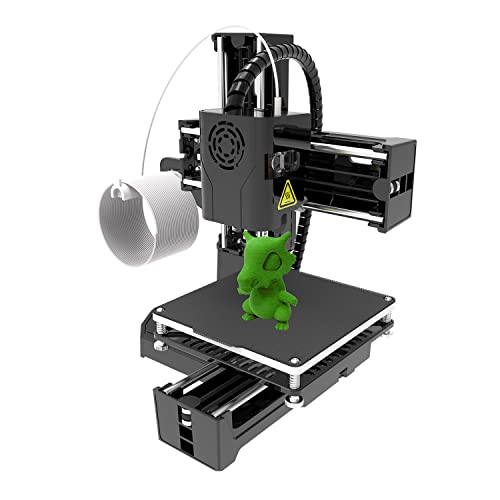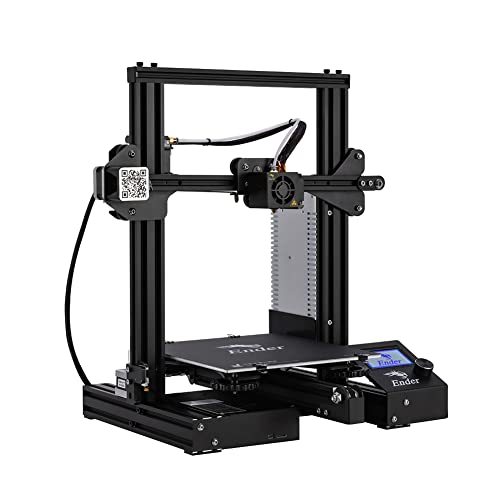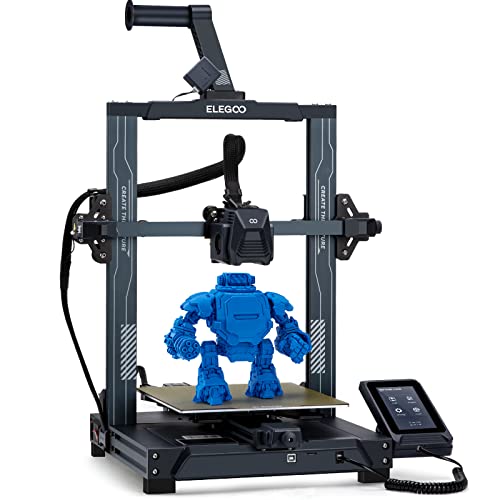Understanding your 3D printing needs is key to finding the right printer for you. Let’s break this down. First off, think about what you’re planning to print. Are you into making detailed miniatures, big prototypes, or just some cool home decor? Each of these has different requirements. For detailed prints, look for a printer with high resolution. If size matters, go for a bigger build volume.
Next, consider the materials you want to use. Different printers support different filaments like PLA, ABS, or PETG. If you’re going for a super sturdy print, ABS is a great choice. If you want something easy to work with, stick to PLA. Don't forget that some printers handle multiple materials, which can be a game-changer for your projects.
Also, think about how much time you’re willing to spend. Some printers are super user-friendly and can be set up in no time, while others dive deep into advanced settings that might take awhile to master. If you’re just starting out, consider one that comes with a simple interface or good customer support. Knowing what you can handle will save you a lot of headaches.
Lastly, budget plays a huge role. Prices vary widely, so set a budget that fits your needs without breaking the bank. Be sure to factor in extra costs for filament and any upgrades you might want down the line. This 3D printer buying guide is your best friend in making sure you understand what you truly need before jumping into a purchase.
Types of 3D Printers Explained
When diving into the world of 3D printing, it helps to know the different types of printers out there. This 3D Printer Buying Guide breaks down the main options so you can pick the one that suits your needs.
First up is the Fused Deposition Modeling (FDM) printer. This is the most popular choice for beginners. It melts plastic filament and layers it to create your design. FDM printers are affordable, easy to use, and have a wide range of materials available, making them perfect for hobbyists or anyone just starting out.
Next, we have Stereolithography (SLA) printers. These use a laser to cure resin into hardened plastic. SLA printers offer stunning detail and smooth finishes, which makes them great for intricate designs. But be careful—resin can be messy and requires some post-processing, like washing and curing, which isn't everyone's cup of tea.
Dive into the world of Selective Laser Sintering (SLS) if you're looking for something that can handle more complex projects. SLS printers use a laser to fuse powdered material together. They can work with a variety of materials, including nylon and metals, and are perfect for durable and functional parts. However, they tend to be on the pricier side, making them a solid choice for professionals or serious hobbyists.
Finally, there are Multi Jet Fusion (MJF) printers. They use a similar process to SLS but with a unique twist—inkjet techniques to apply a binding agent to the powder. MJF printers can produce highly detailed parts faster than SLS, and they’re great for small production runs. Just keep in mind that they usually need a bigger budget, so they're best suited for businesses or dedicated creators looking to scale up their printing game.
Anycubic Kobra S1 Multi-Color 3D Printer
Print vibrant and detailed creations with ease using this user-friendly multi-color 3D printer
Product information
$519.99 $459.99
Product Review Score
4.9 out of 5 stars
152 reviewsProduct links
Key Features to Consider
When you're diving into the world of 3D printing, there are a few key features you should keep in mind. It’s easy to get overwhelmed with all the options, but focusing on what's important helps narrow things down. Here’s a quick look at what to consider in your 3D Printer Buying Guide.
Build Volume
Your build volume is crucial. It’s the space where your printer can create your projects. If you plan on making larger items or multiple smaller bits at once, look for a printer with a spacious build area. Check the measurements to make sure it fits your creative plans!
Print Quality
Print quality really makes a difference. You want your designs to come out looking sharp and detailed. Look for printers that have high resolution options. Reading some reviews can help you find those machines that consistently deliver impressive results.
Filament Compatibility
Different printers work with different types of filament. Some only use standard PLA while others can handle a range from ABS to flexible materials. Make sure the printer you choose can use the materials you want to work with. This gives you the freedom to explore your ideas without limitations.
User Friendliness
Especially if you’re just starting, a user-friendly printer can save you a lot of headaches. Look for easy setups, intuitive interfaces, and plenty of community support. A printer that comes with helpful manuals or has active online forums can be a lifesaver when you hit a snag.
Creality K2 Plus 3D Printer with Multicolor Printing
Bring your ideas to life with vibrant, multicolor prints and user-friendly features
Product information
Product Review Score
4.58 out of 5 stars
213 reviewsProduct links
Budgeting for Your 3D Printer
Don’t forget about the extra costs that come with 3D printing. Filament is a big one. You’ll need a good supply of it, and prices vary depending on the type you choose. For example, PLA and ABS are popular and relatively affordable, but specialty filaments can cost a bit more. Keep this in mind when you’re budgeting. Also, consider maintenance costs. Things like print heads and nozzles may need replacing over time.
Software and tools are another part of your budget you shouldn’t overlook. While some printers come with great software included, there are often premium options that can enhance your printing experience. Depending on your skill level, you might want to invest in a good slicing software. Lastly, plan for accessories. A quality build plate, tool kit, and maybe even a 3D scanner can make your life easier and your prints better.
Overall, when you’re going through this 3D printer buying guide, set a realistic budget that includes the printer, filament, software, and accessories. Doing this will help you achieve the fun and creativity that comes with 3D printing without any financial hiccups. Just remember, a little planning goes a long way!
